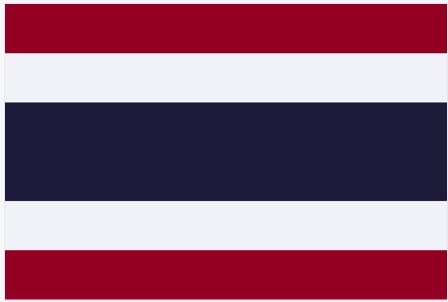A spatial lag model analysis of lung cancer incidence and satellite-derived data on air pollution in Thailand from 2020 to 2023

All claims expressed in this article are solely those of the authors and do not necessarily represent those of their affiliated organizations, or those of the publisher, the editors and the reviewers. Any product that may be evaluated in this article or claim that may be made by its manufacturer is not guaranteed or endorsed by the publisher.
Authors
This study aimed at investigating the association between satellite-based remotely sensed data on particulate matter with diameters less than 2.5 microns (PM2.5), sulphur dioxide (SO2), nitrogen dioxide (NO2) and carbon monoxide (CO) on the one hand, with the incidence of lung cancer in Thailand on the other. Regression analyses on a nationwide dataset comprising 604,460 confirmed cases reported between 2020 and 2023 were conducted using the Spatial Lag Model (SLM) to assess the relationship between the ambient air pollutants and lung cancer incidence. The results revealed that provinces with the highest cancer incidence rates were consistently found to be located in the eastern part of north-eastern Thailand and the far North as well as some provinces in the South. The SLM accounted for a moderate proportion of variance in lung cancer incidence, with R² values ranging from 0.1548 to 0.1755 over the study period. PM2.5 concentrations were positively and significantly associated with incidence rates each year, an effect increasing from 2020 (0.2160, p=0.0075) to 2023 (0.3096, p=0.0102). These findings highlight the potential of satellite-based air quality data, particularly PM2.5 for predicting and monitoring lung cancer incidence, thereby supporting evidence- based public health planning and environmental policy in Thailand. The results add empirical evidence to the growing body of literature demonstrating the public health consequences of ambient air pollution.
Supporting Agencies
This research is funded by Huachiew Chalermprakiet University, ThailandHow to Cite

This work is licensed under a Creative Commons Attribution-NonCommercial 4.0 International License.








